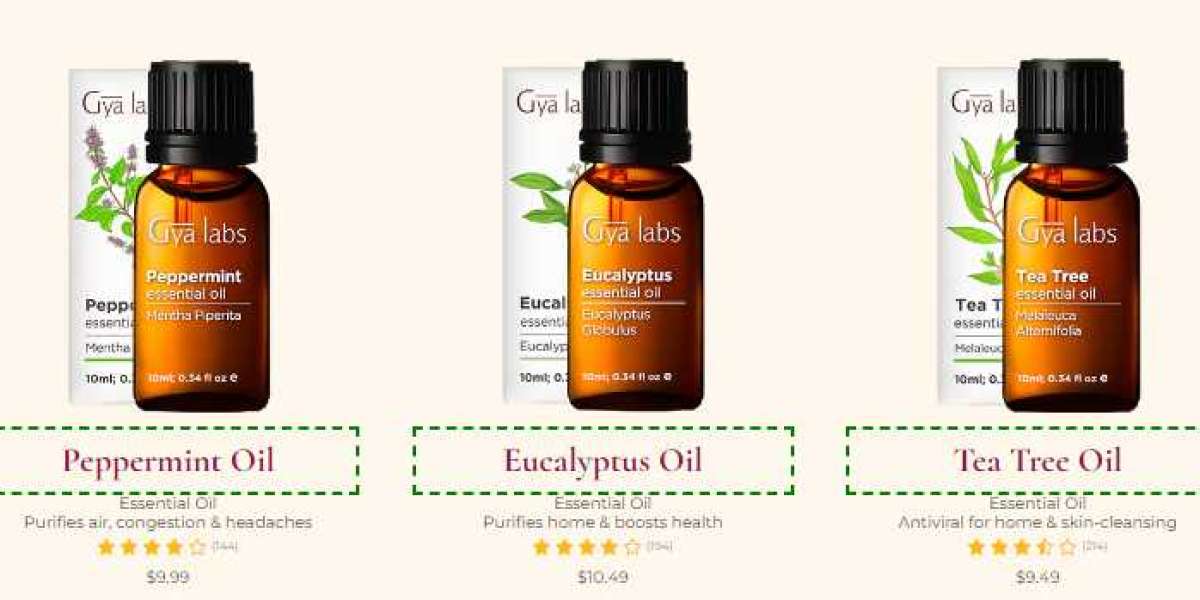In a world where natural remedies are gaining popularity, essential oils have emerged as powerful allies in promoting holistic well-being. Beyond their delightful aromas, essential oils boast therapeutic properties that extend to wound healing. This article explores the multifaceted benefits of using essential oils for wound healing, delving into three effective methods: topical application, aromatherapy, and compresses.
I. Topical Application: Diluting Essential Oils for Direct Healing
A. Understanding the Potency of Essential Oils: Essential oils are concentrated extracts derived from plants, carrying the essence of their healing properties. When applied topically, these oils can aid in wound healing by promoting cell regeneration, reducing inflammation, and preventing infection.
B. Proper Dilution and Carrier Oils: The potency of essential oils necessitates dilution to ensure safe and effective application. Mixing them with carrier oils not only dilutes the concentration but also facilitates better absorption into the skin. Popular carrier oils like coconut, jojoba, or almond oil complement the therapeutic benefits of essential oils.
C. Essential Oils for Wound Types: Different wounds require different essential oils. Lavender oil, with its antimicrobial properties, is excellent for minor cuts and burns. Tea tree oil is renowned for its antiseptic qualities, making it ideal for preventing infections. Frankincense and helichrysum oils contribute to cell regeneration, promoting faster healing for deeper wounds.
II. Aromatherapy: Healing through the Air
A. The Therapeutic Power of Aromas: Aromatherapy involves inhaling the aromatic molecules released by essential oils. This method not only influences mood but can also contribute to the healing process by reducing stress, a known impediment to effective wound healing.
B. Best Essential Oils for Aromatherapy: Certain essential oils stand out for their healing aromas. Eucalyptus, known for its respiratory benefits, can aid in easing breathing discomfort associated with wounds. Peppermint oil invigorates the senses and can help alleviate headaches often accompanying injuries.
C. Creating a Healing Atmosphere: Diffusing essential oils using ultrasonic diffusers or oil burners creates a healing atmosphere, allowing the aromatic molecules to permeate the air. This method not only supports wound healing but also contributes to overall well-being.
III. Compresses: Enhancing Healing with Essential Oil-Infused Warm Compresses
A. The Therapeutic Benefits of Warm Compresses: Warm compresses have long been used to promote blood circulation and reduce pain. Infusing these compresses with essential oils adds an extra layer of therapeutic benefits to the healing process.
B. Choosing Essential Oils for Compresses: Lavender and chamomile essential oils are excellent choices for their calming properties, contributing to pain relief. For wounds with inflammation, adding a few drops of chamomile or tea tree oil to the warm compress can be particularly beneficial.
C. Application and Safety Considerations: Applying essential oil-infused warm compresses requires caution. Ensuring proper dilution, using a suitable carrier oil, and checking for skin sensitivity are crucial steps to guarantee a safe and effective healing experience.
Conclusion:
Incorporating essential oils into wound healing practices introduces a natural and holistic approach that aligns with the body's own healing mechanisms. Whether through direct application, aromatherapy, or compresses, essential oils offer a diverse range of benefits that extend beyond their captivating scents. By embracing the therapeutic potential of these natural extracts, individuals can enhance their well-being and embark on a journey towards faster, more holistic wound healing.



